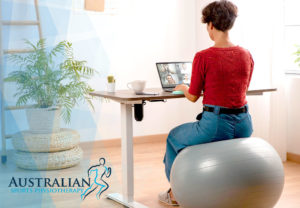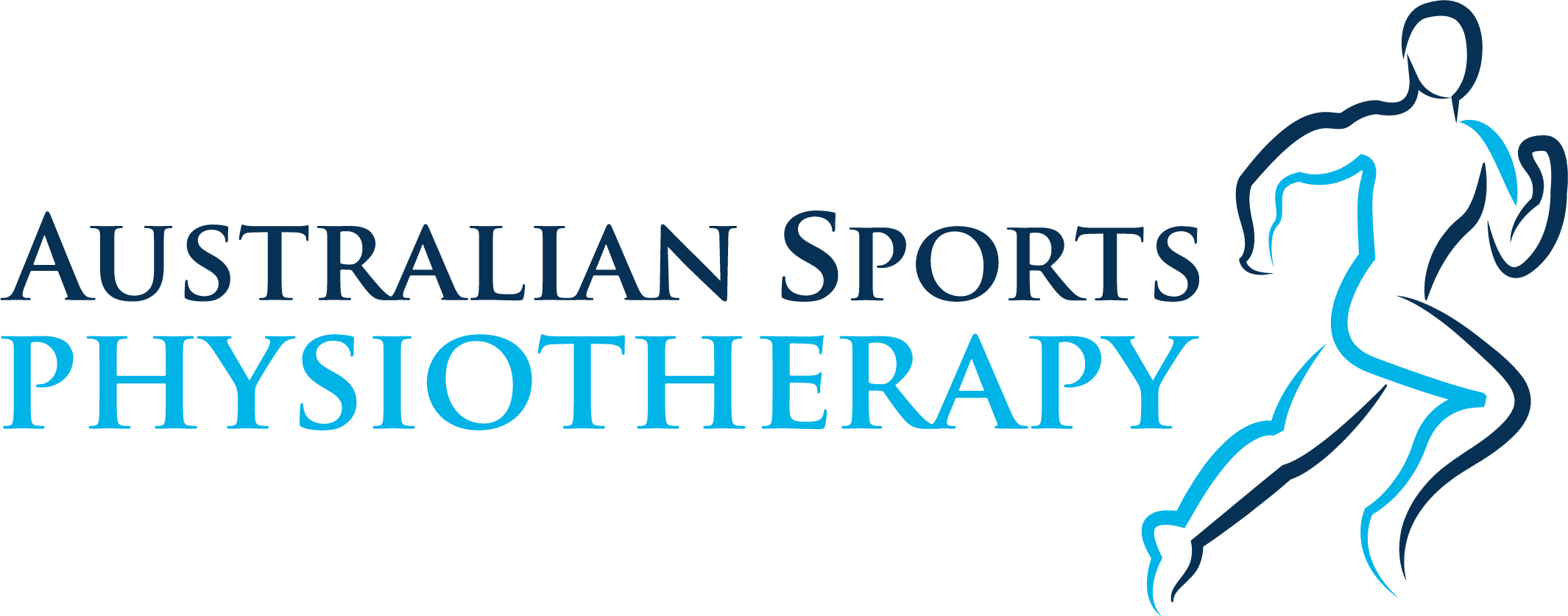Do you experience pain or discomfort in your hips when walking or exercising? It could be a sign of hip instability, a condition affecting many people and significantly impacting their quality of life.
Hip instability occurs when the muscles and ligaments around the hip joint are weak or damaged, causing the joint to move excessively. It can lead to pain, limited mobility, and even falls. While surgery is an option for severe cases, physiotherapy can be an effective non-invasive treatment for many people.
Physiotherapy for hip instability focuses on strengthening the muscles around the hip joint, improving flexibility, and correcting any imbalances or compensations contributing to the problem.
What is hip instability?
Hip instability can manifest in different forms, such as partial dislocation (subluxation), complete dislocation, and microinstability. Microinstability refers to excessive looseness in the joint without a significant shift in hip position that may result in subluxation.
Common causes of hip instability
People who suffer from hip instability have a well-known cause. It could be due to straining of the ligamentous joint capsule that holds the hip in place.
Alternatively, a tear in the fibrous cartilage surrounding the hip socket’s border (the labrum).
Hip instability is termed atraumatic (without trauma) instability if there is no known history of damage.
There may not be a specific injury with atraumatic hip instability, but there is usually a cause for the condition, typically:
- An underlying systemic condition may affect the soft tissues, for instance, Ehlers-Danlos syndrome, Marfan syndrome, or Down syndrome
- Abnormal anatomy of the bones or soft tissues could also be a factor.
- Hip dysplasia – A hip socket that doesn’t fully cover the ball portion of the upper thighbone. This allows the hip joint to become partially or completely dislocated. Most people with hip dysplasia are born with the condition
Common symptoms of hip instability
Pain in one or both hips might be caused by a single occurrence or develop gradually over time.
It is more common in people who have participated in hypermobile activities such as gymnastics, dance, and martial arts.
Patients typically report a slow onset of severe or dull pain in the groin, but it can also relate to the lateral hip and anterior thigh regions.
Patients frequently express clicking and a sense of instability or giving way. They typically report pain with activities commonly associated with hip impingement symptoms, such as flexion and prolonged sitting.
Hip extension activities, such as walking, running, and standing, worsen the pain.
Physiotherapy treatment for hip instability
Education is one of the foundations of managing this presentation; having a thorough awareness of what is going on at your hip joint, expectations for recovery, and customised needs depending on the characteristics of each case is one of the pillars. Not all patients will have the same symptoms, irritation, or unstable positions.
Reducing a little bit of weight (approx 5kg) can significantly reduce the strain and discomfort on your hips if you struggle with excess weight.
It’s crucial to understand how different activities, positions, and exercises affect the stress levels on the hip to alleviate symptoms. Minor adjustments to daily routines, such as altering seat heights, reducing sitting time, minimising hip sway, lowering heel heights, and adjusting exercise volumes, can often make a significant difference in symptom relief for those who can handle more intense activities without worsening symptoms, running volume or intensity alterations may be considered.
Several manual therapy techniques can help reduce muscle tension and control symptoms to ease hypertonicity in the surrounding area.
Improving postural alignment can be achieved by reducing time spent in sway postures or enhancing control while standing to minimise swaying and avoid putting too much weight on one hip.
Managing hip instability involves gradually increasing strength in the appropriate positions and with proper progressions, particularly in the major hip, trunk, and lower limb muscles. The gluteus medius is a crucial stabiliser that supports the head of the femur during standing.
Surgical intervention for hip instability
The degree of hip instability, patient goals, existing symptoms, and function all influence surgical intervention. A periacetabular osteotomy is an example of a type of surgery to counter anatomical instability.

Final thoughts on physiotherapy for hip instability
In conclusion, physiotherapy for hip instability is a highly effective and safe treatment option that can help you regain mobility, reduce pain, and improve your overall quality of life.
Whether recovering from an injury or dealing with a chronic condition, working with a qualified physiotherapist can make all the difference.
So don’t wait any longer—take the first step towards a healthier, happier you today!










